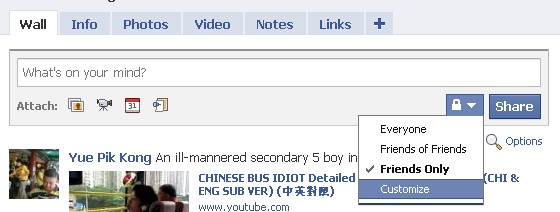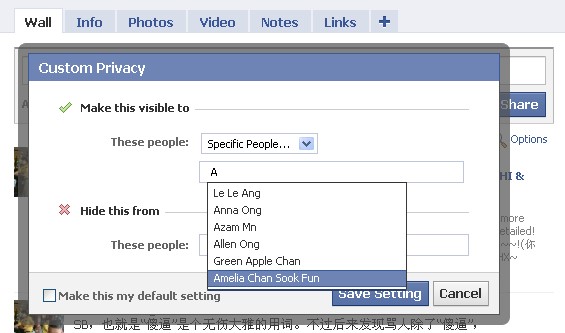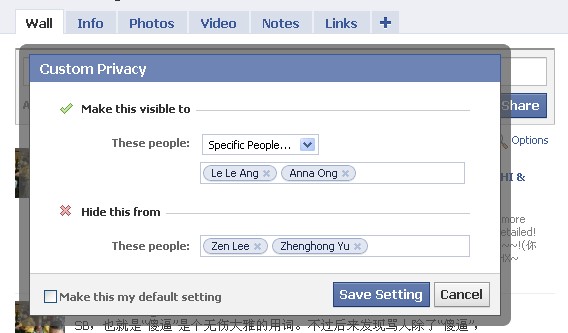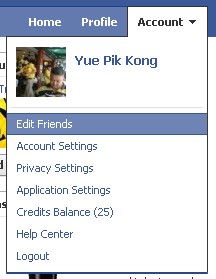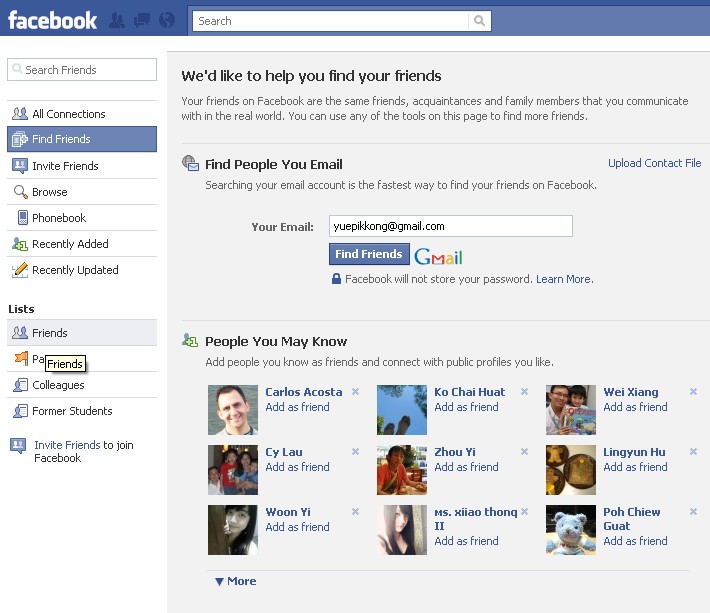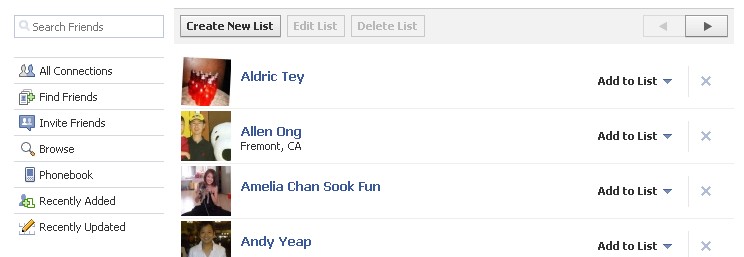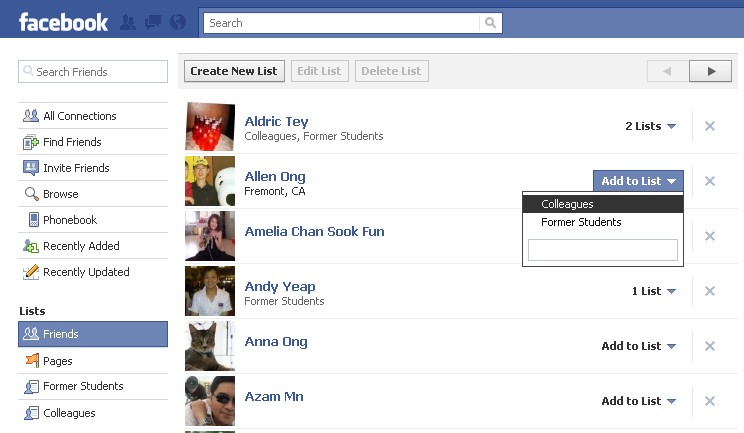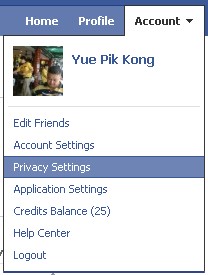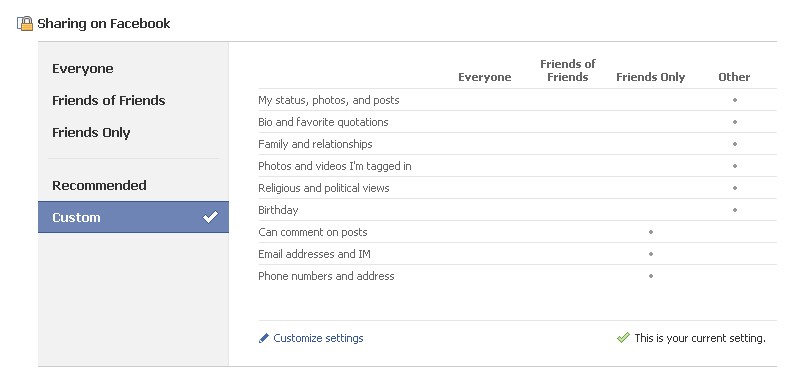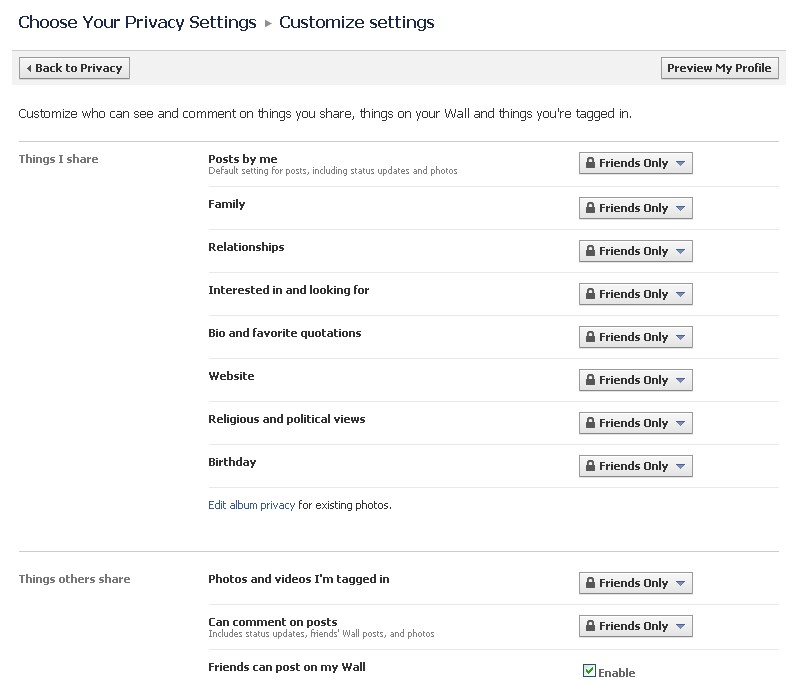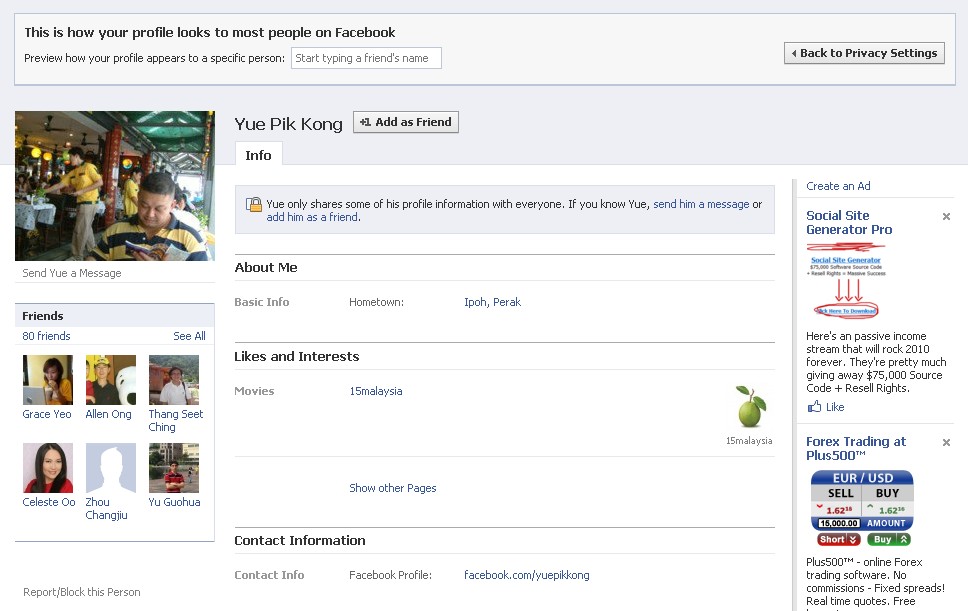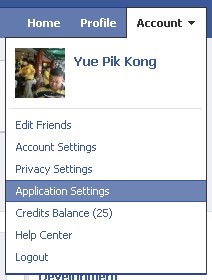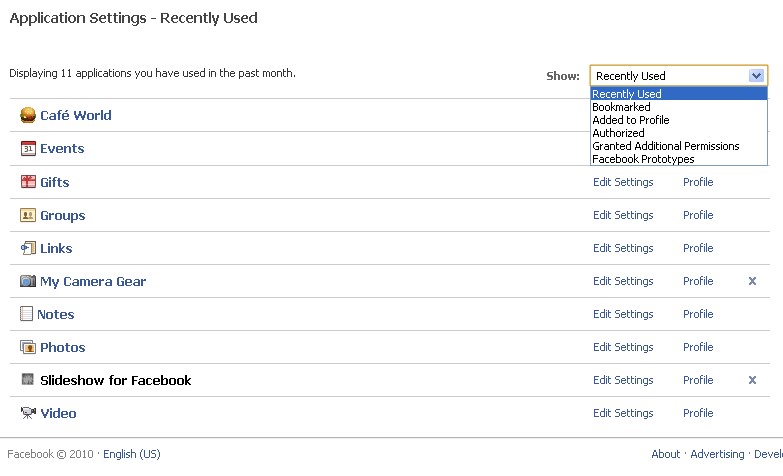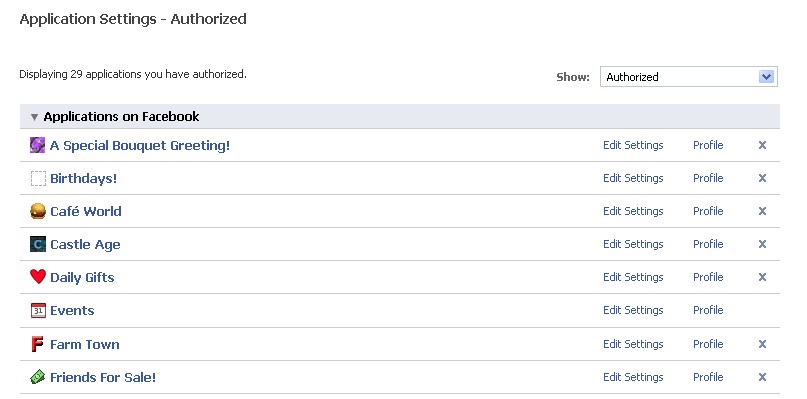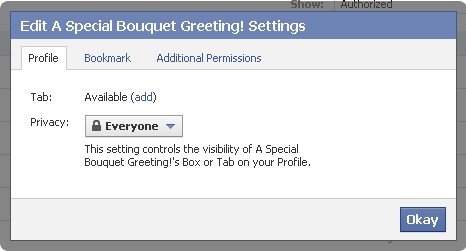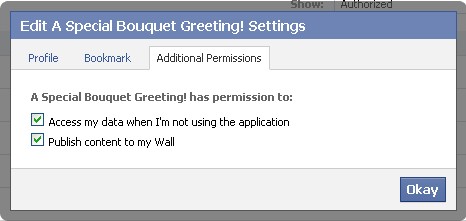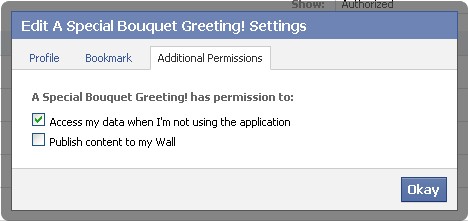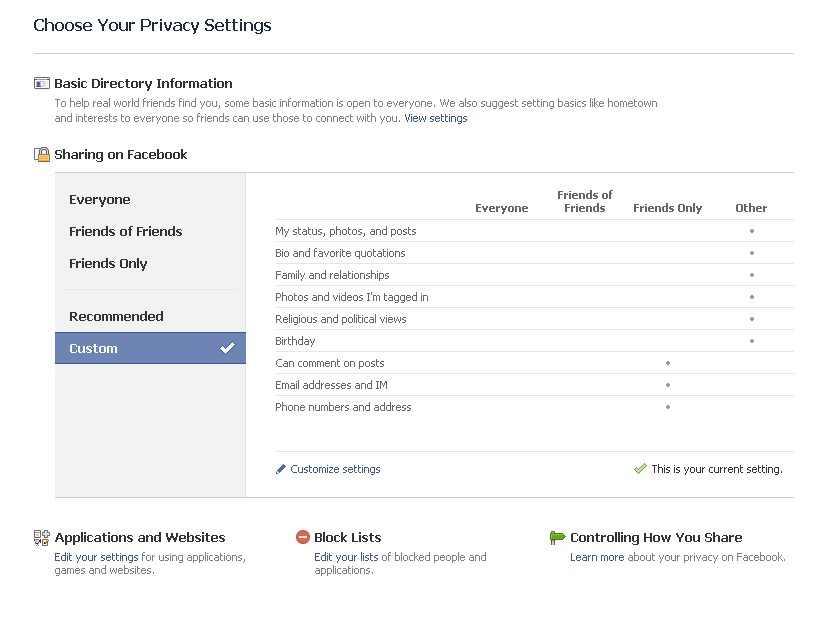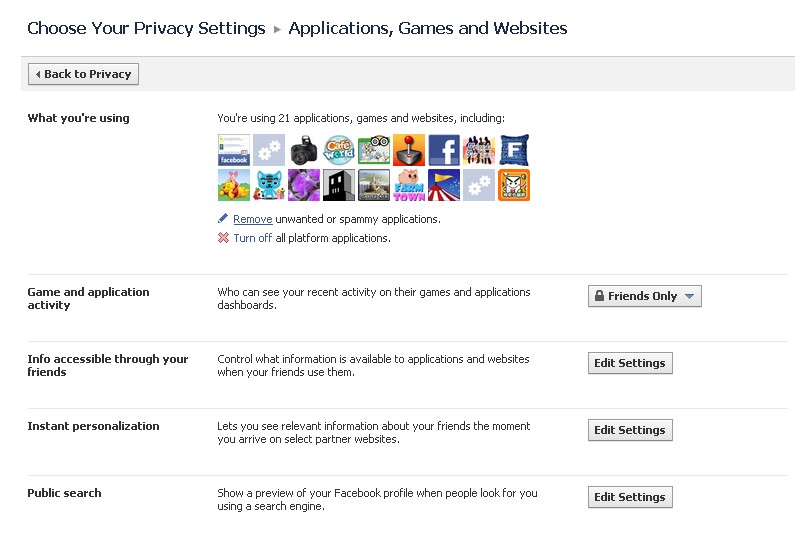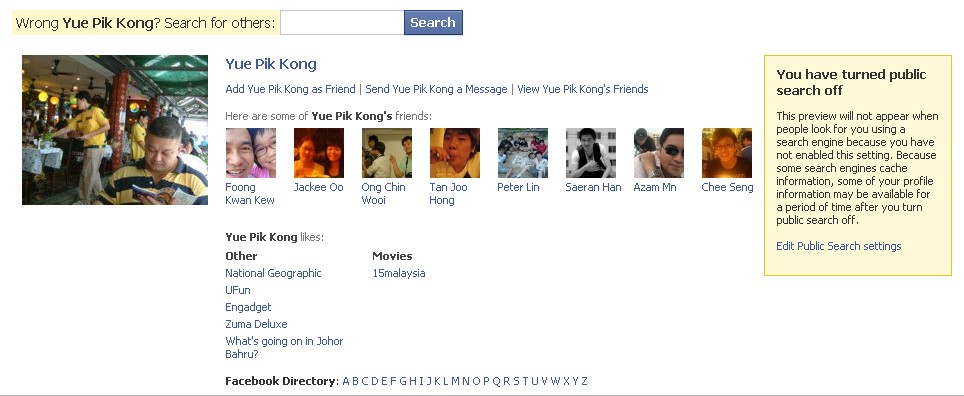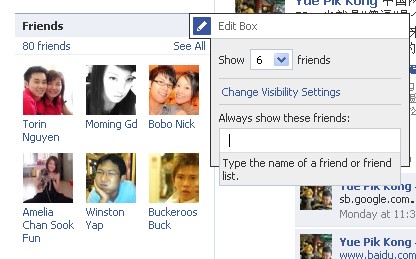To begin with, I am not a Buddhist. I am just studying and learning about Buddhism. In fact, I do not have a religion. Whenever I found myself having to fill in any form with my particulars, I always enter "NONE" in the "Religion" field. To fill in "FREE THINKER" seems to imply that others who have a religion are not free to think and give the impression that I am a person with no values and anything goes. To fill in "ATHEIST" seem too defiant, arrogant and give the impression that I am a person who has no venerations for anything in life. Being without a religion however does not mean that I do not have any faith.I do have certain faiths that are non-religious in nature. Since I am going to talk about the Buddhist scripture Prajñāpāramitā Hṛdaya Sūtra here, I shall not delve into the topic about my faiths. I will leave it to other more opportune time to tell you about my faiths.
Prajñāpāramitā Hṛdaya Sūtra is also known as the Heart Sutra. Together with other Prajñaparamita (perfection of wisdom or Great Wisdom) sutras like the Diamond Sutra, it is considered one of the holiest texts Mahayana Buddhism that forms the core tenets of Buddhism. Prajñāpāramitā Hṛdaya Sūtra is trying to explain the essence of Buddhism, which is Emptiness. The meaning is essentially that by letting go of one's preconceived notions, opinions, and attachments, one can become open to all the wonders of our life. It says that all things are empty. This is the realization of nothingness. But, emptiness or nothingness does not just mean nothing. It means not being attached to anything; especially one's own perceptions and ideas so that one can see life clearly.
Enlightenment means free from all human weaknesses like hatred, revenge, greed, insecurity, ego, vanity, pride, vindictiveness, etc.
Prajñāpāramitā Hṛdaya Sūtra has been translated into many other languages. It has been translated into Chinese by many monks including Indians and other non-Chinese monks like
Lokakṣema,
Kumārajīva, etc. The most popular Chinese version of Prajñāpāramitā Hṛdaya Sūtra was translated by the Chinese monk Tripiṭaka (of the Monkey God epic fame) who traveled over land to India alone and brought back all the Buddhist scripture to the then Tang dynasty China..
觀自在菩薩,行深般若波羅蜜多時,照見五蘊皆空,度一切苦厄。
舍利子,色不異空,空不異色;色即是空,空即是色。受、想、行、識,亦復如是。
舍利子,是諸法空相,不生不滅,不垢不淨,不增不減。
是故空中無色,無受、想、行、識;無眼、耳、鼻、舌、身、意;無色、聲、香、味、觸、法;無眼界,乃至無意識界;無無明,亦無無明盡;乃至無老死,亦無老死盡。
無苦、集、滅、道,無智亦無得,以無所得故。
菩提薩埵, 依般若波羅蜜多故,心無罣礙,無罣礙故,無有恐怖,遠離顛倒夢想,究竟涅槃。
三世諸佛,依般若波羅蜜多故,得阿耨多羅三藐三菩提。
故知般若波羅蜜多,是大神咒,是大明咒,是無上咒,是無等等咒,能除一切苦,真實不虛。
故說般若波羅蜜多咒,即說咒曰:揭諦揭諦,波羅揭諦,波羅僧揭諦,菩提薩婆訶。
I do not know how many people or is there anybody that actually understand Prajñāpāramitā Hṛdaya Sūtra fully. I believe what Prajñāpāramitā Hṛdaya Sūtra is trying to describe and explain is none other than the enlightened state or Nirvana state of Buddhahood.
Most translations are word by word translation of the original Sanskrit text. Not much has been added to help understanding. There are several English versions of Prajñāpāramitā Hṛdaya Sūtra which are word by word translations as well.
Avalokiteshvara Bodhisattva,
when pursuing into the deep course of wisdom which has gone beyond,
recognized the five skandhas* which, in their own being, were completely empty, and passed beyond all vexations and distress.
(*The five skandas are the five components of any individual: body, perceptions, feelings, mental formations and consciousness.)
Shariputra, appearances (or forms) are not different from emptiness,
emptiness is not different to appearances (or forms).
Appearances (or forms) are emptiness, emptiness is an appearance (or forms).
Impressions (or perceptions), thoughts, associations and knowing too, are also like this.
Shariputra, all dharmas are empty of appearances,
they have no beginning and no end,
they are neither imperfect nor perfect,
neither deficient nor complete.
For this reason, amidst emptiness there are no appearances (or forms),
No impressions (or perceptions), no thoughts, no associations and no knowledge.
There is no eye, no ear, no nose, no tongue, no bodily touch, no ideas (or minds).
There is no appearances (or forms), no sounds, no smells, no tastes and no touch.
There is no sight sensory organ (or eyes) and so forth, all the way to no consciousness and no knowledge.
Neither is any non-understanding (or ignorance), nor is there any end to non-understanding (or ignorance).
To the extent that neither is there aging and death.
There is no suffering, no cause, no extinction (or destruction) and no path.
There is no no cognition, no attainment, nor is there anything to attain.
Because there isn’t anything to find, so the bodhisattva can rely upon prajñaparamita (Perfection of Wisdom) without obstruction.
Because there are no obstructions, there is no fear. Distancing from upsetting dreams and hallucinations, finally reaches nirvana.
All the Buddhas of the three worlds (or life times) have relied upon prajñaparamita and found anuttarasamyaksambodhi (fully awake to the utmost right and perfect enlightenment).
Therefore, prajñaparamita is the great spiritual mantra, the great understanding mantra, the supreme mantra, the unequaled mantra that remove all suffering and vexation. This is true, real and no deceit.
To chant the prajñaparamita mantra, say the mantra’s words: gate gate paragate parasamgate bodhi svaha. ("Gone, gone, gone beyond, gone utterly beyond, Enlightenment hail!")
Notice that the last line of the sutra is a mantra and not translated in any versions of the sutra. Even in the Chinese version,
揭諦揭諦,波羅揭諦,波羅僧揭諦,菩提薩婆訶。is nothing but phonetic translation of
Gate, Gate, Paragate, Para Sam gate Bodhi svaha.
As I said, I am not sure whether there is anybody that understand Prajñāpāramitā Hṛdaya Sūtra fully. Haha! as for me, I could only understand that since the state of enlightenment can exist without a physical body (肉身), obviously there are no eye, no ear, no nose, no tongue, no bodily touch and hence no appearances (or forms), no sounds, no smells, no tastes and no touch. As for no impressions (or perceptions), no thoughts, no associations, no consciousness and no knowledge. I could understand also that since the absence of a physical body includes the absence of central nervous system and the brain, obvious all perceptions, thoughts, associations, consciousness and knowledge will be gone too. But the difficult part to understand is how can this nothingness or emptiness is not an end itself but a higher state of being?
Reading the translations, one may understand the descriptions about the enlightened state but still totally have no idea about what it actually is. This is because language could only work if there are common references. You can never tell how a mango tastes like to a person who has not eaten a mango before. You may describe the taste of mango using common references like sour, sweet, fragrant, etc. (provided both the communicator and the communicated know what are sour, sweet and fragrant). Even then, the other person will have no idea of how a mango tastes like until he has eaten a mango.
Of course, to make things worse, I guess an enlightened state entails totally different planes of existence. For example, a cat could not taste sweetness and a dog could not see colour. If they are intelligent being, do you think you can ever describe the concept of sweetness and colour to them. Not in their life time as cat and dog I guess. Human colour vision is also limited to a narrow spectrum of light wave. In a sense, this also tell us that although we think we can see the whole world, but in actual fact we are not seeing the world in its entirety. Human eyes cannot see infrared emitted by objects and also cannot detect the beta, alpha, theta and delta brain waves. What we can see is what our sensory organs and mental faculties allow us to see. Other than that, we will have to make use of various equipments.
The very same reason why it is difficult for men and women as different forms of existence to fully understand each other.
To overcome the limitations of language, there is a school of Buddhism called
Zen Buddhism that emphasizes experiential prajñā in the attainment of enlightenment through special transmission outside scriptures, not founded on words or letters. As such, it de-emphasizes theoretical knowledge in favor of direct realization (or sudden realization 頓悟) through meditation and dharma practice.
I think if a person can fully understand Prajñāpāramitā Hṛdaya Sūtra, he would have attained enlightenment. A person who attain enlightenment via other means like Zen should also be able to affirm the scripture. Haha! I hope one day I will be able to understand Prajñāpāramitā Hṛdaya Sūtra, hopefully in this life. If not, I will have to do more kind and charitable acts to collect enough points (kharma) to attain it in my next few lives.
Well! Don't worry! If I attain enlightenment, I won't leave you guys in this world. Unlike Theravada Buddhism which believe that enlightenment could only be achieved by one's own effort and merit, Mahayana Buddhism believes in Bodhisattvayāna (普渡). These are the people who say "If I don't go to hell, who will go to hell?". Mahayana Buddhists will come back to this world as Bodhisattva and postpone their nirvana until the last being also crosses over.
Gee! Am I a Buddhist already? Namo Amitabha~
Me and the Happy Buddha, Bangkok, Thailand.

